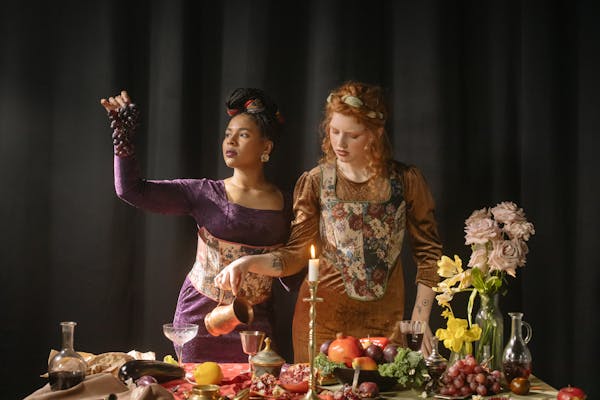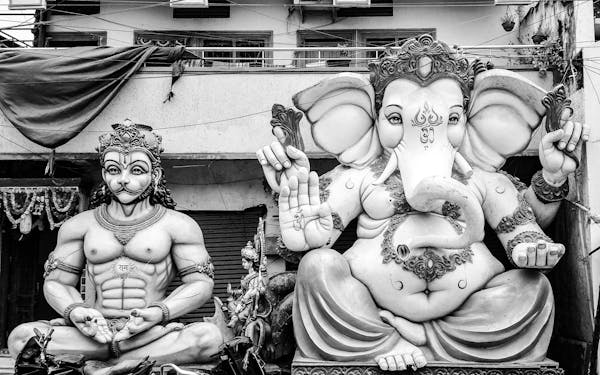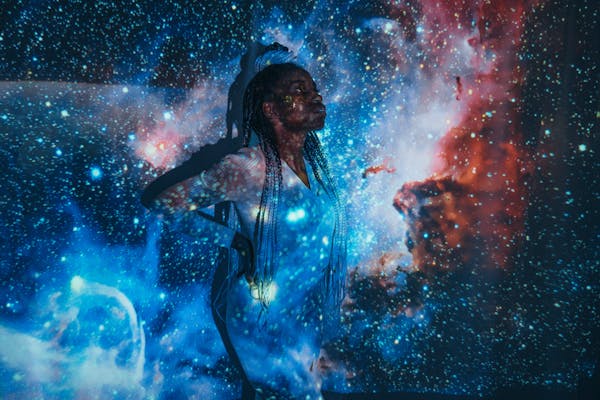The Renaissance era, marked by a profound rebirth of art and culture, brought forth an extraordinary portrayal of women in art. Women in Renaissance Art Renaissance paintings of women not only reflected the beauty standards and societal roles of the time but also provided a deeper insight into religious, mythological, and domestic life. This article delves into the key aspects of these masterpieces, showcasing how artists used women as muses to express both artistic skill and societal values.

Idealized Beauty: A Symbol of Perfection
Renaissance paintings of women often showcased an idealized version of female beauty. Artists meticulously portrayed women with soft, graceful features, adhering to the cultural aesthetics of the time. Pale skin, serene expressions, and delicate hands were hallmarks of this era’s artistic style. The idealized depiction was not just about physical beauty but often symbolized virtues like purity, modesty, and grace.
Leonardo da Vinci’s “Mona Lisa” stands as the epitome of this portrayal. Her mysterious smile and balanced features reflect the Renaissance’s quest for harmony and perfection in art. Similarly, Raphael’s “Portrait of a Young Woman” embodies this idealized beauty, with the subject’s gentle expression and flawless complexion capturing the viewer’s attention.
Religious and Mythological Women: Divine Inspirations
Women in Renaissance paintings frequently took on roles from religious and mythological narratives. The Virgin Mary, in particular, was a recurring subject, symbolizing motherhood, purity, and divine grace. Artists like Sandro Botticelli, in works like “The Madonna of the Magnificat,” represented Mary as a serene and dignified figure, emphasizing her importance in religious iconography.
In contrast, mythological figures like Venus, the goddess of love, showcased a different aspect of femininity. Botticelli’s famous “The Birth of Venus” depicts the goddess emerging from the sea, symbolizing both beauty and the power of love. This allegorical work conveys deeper meanings about the nature of femininity and its connection to both the divine and the earthly realms.

Portraiture: A Glimpse into Noble Life
Beyond religious and mythological subjects, Renaissance portraiture offered a glimpse into the lives of women from both noble and common backgrounds. These portraits were not mere likenesses but detailed reflections of the subjects’ status, personality, and wealth. Artists took great care in capturing the details of clothing, jewelry, and surroundings, emphasizing the social standing of the women portrayed.
One prime example is Titian’s “Portrait of Isabella d’Este,” which presents the noblewoman in rich attire, exuding both elegance and power. The artist’s attention to the fabrics and jewels in the painting highlights the subject’s wealth and authority, offering insight into the role of noblewomen in Renaissance society.
Domesticity: Women in the Home
Some Renaissance paintings depicted women in domestic settings, reflecting their roles as mothers, wives, and household managers. These works often emphasized the virtue of women in fulfilling their family and societal duties. Domestic scenes, while not as grand as mythological or religious paintings, provided an intimate look into the everyday life of women during the Renaissance.
In works such as Vermeer’s “The Milkmaid,” though a bit later in the timeline, the focus on the simplicity and dignity of domestic tasks reveals the importance placed on women’s roles in the home. While these paintings celebrated domestic virtues, they also highlighted the constraints placed on women, whose lives were often confined to the household.
Symbolism: Objects of Deeper Meaning
Renaissance paintings of women were rich in symbolism, with every detail carefully chosen to convey deeper meanings. Objects like flowers, books, and jewelry often had symbolic value. For instance, a lily might represent purity, while a book could symbolize knowledge or faith.
In Leonardo’s “Lady with an Ermine,” the presence of the ermine represents purity and moderation. Symbolism added layers of interpretation to the portraits, allowing viewers to understand not just the subject’s appearance but their character, virtues, and even their societal roles.

Women in Renaissance Society: A Complex Reality
While Renaissance paintings of women often idealized beauty and virtue, the reality for women in Renaissance society was far more complex. Despite the celebration of feminine beauty in art, many women faced significant social and legal limitations. Education was reserved primarily for noblewomen, and even then, their roles were largely confined to the private sphere.
However, some women defied these societal norms. Isabella d’Este, a notable patron of the arts, wielded significant power in her court, influencing the artistic landscape of the time. Such women were rare, but their presence in Renaissance art and society underscored the potential for women to transcend traditional rol
Conclusion: The Lasting Legacy of Renaissance Women in Art
Renaissance paintings of women offer a fascinating glimpse into both the ideals and realities of female life during this transformative period. Through the hands of master artists like Leonardo, Raphael, Titian, and Botticelli, women were immortalized as embodiments of beauty, faith, and power. These works continue to captivate modern viewers, providing not just aesthetic pleasure but a deeper understanding of the cultural values and complexities surrounding women in Renaissance society.
Would the portrayal of women in Renaissance art reflect more than mere societal ideals? Can we view these paintings as a window into the struggles and triumphs of women during this era? The ongoing analysis and admiration of these works suggest that their significance goes far beyond the canvas.







